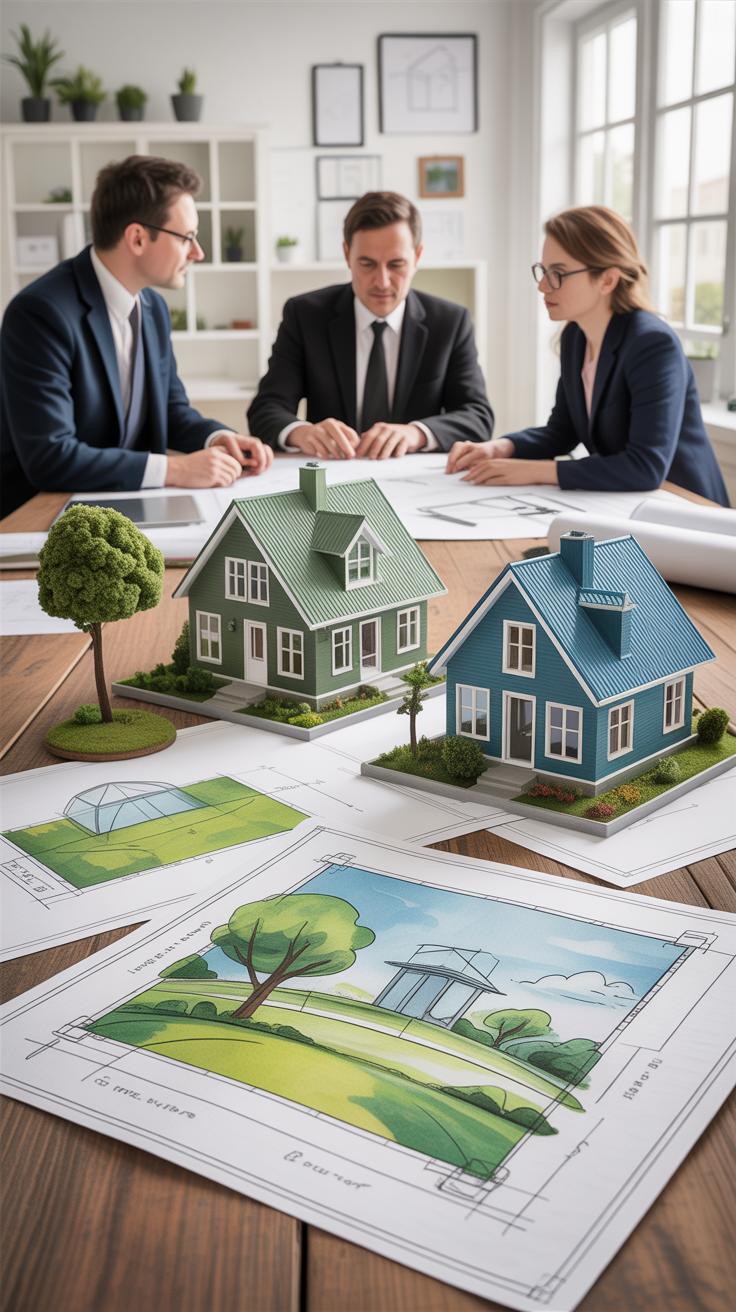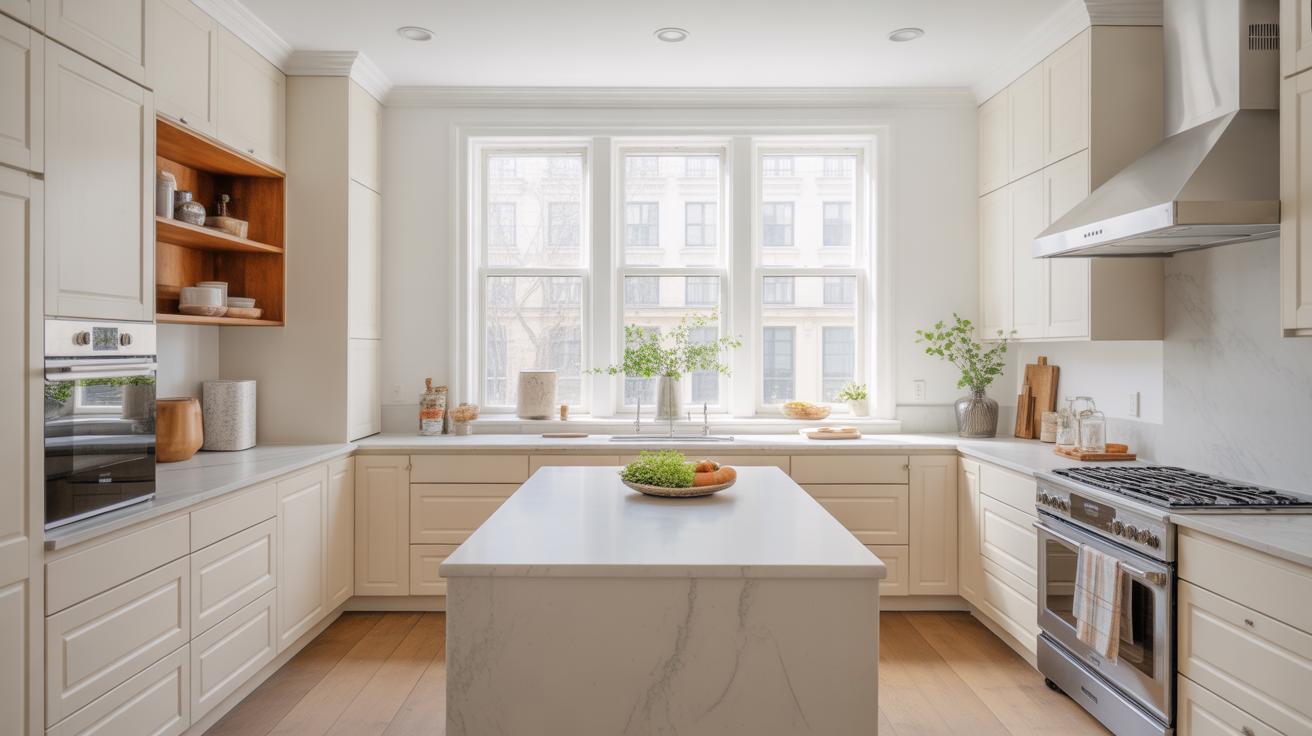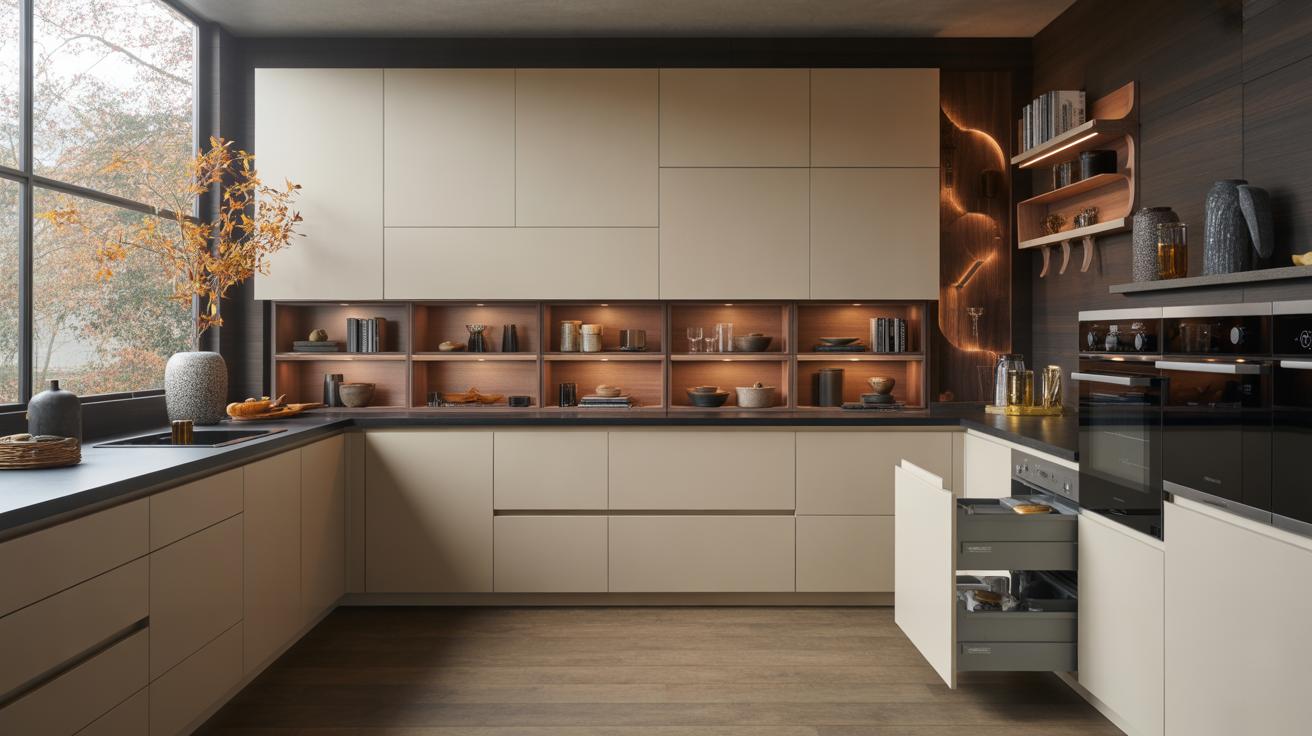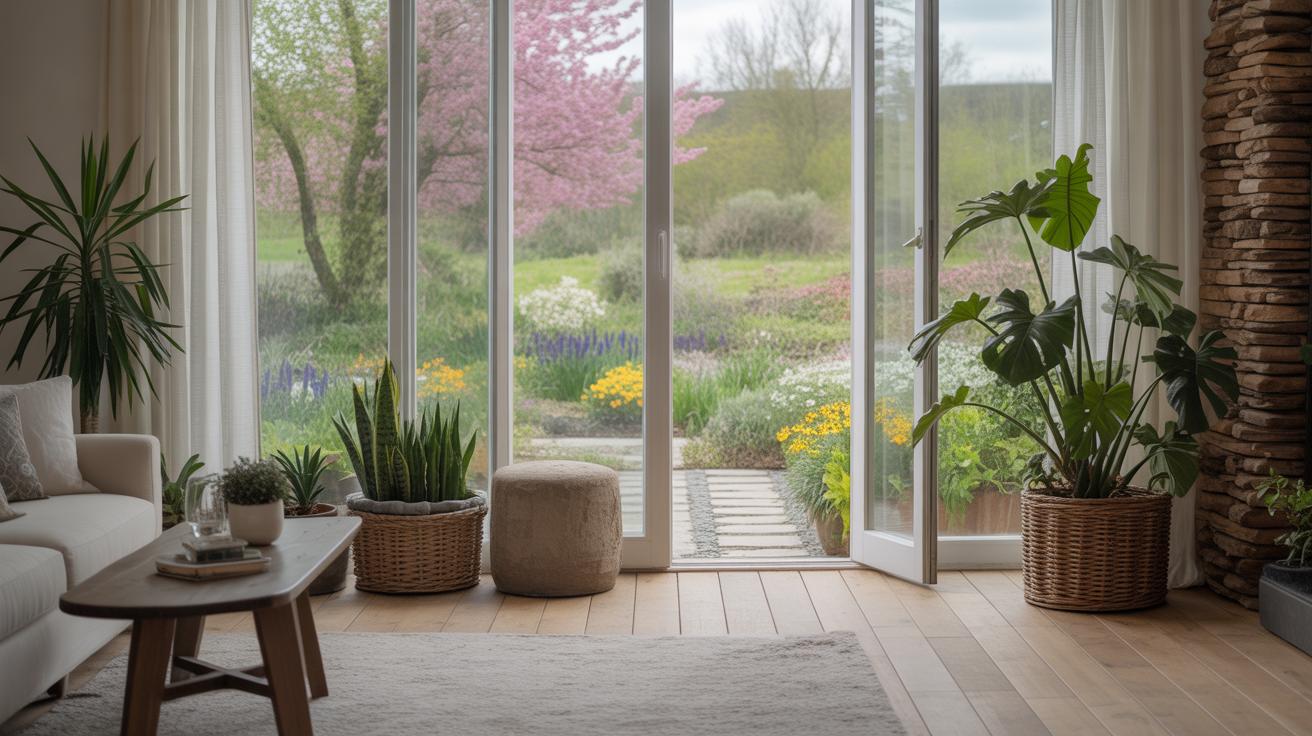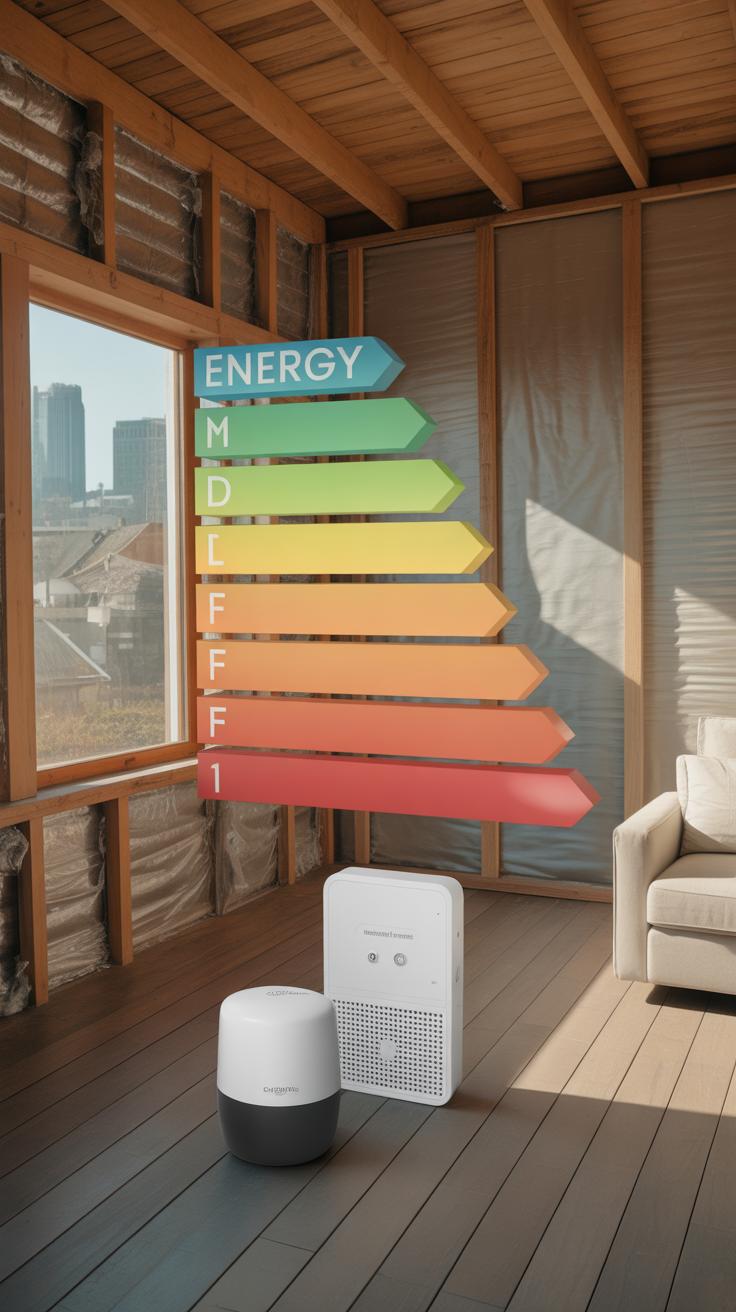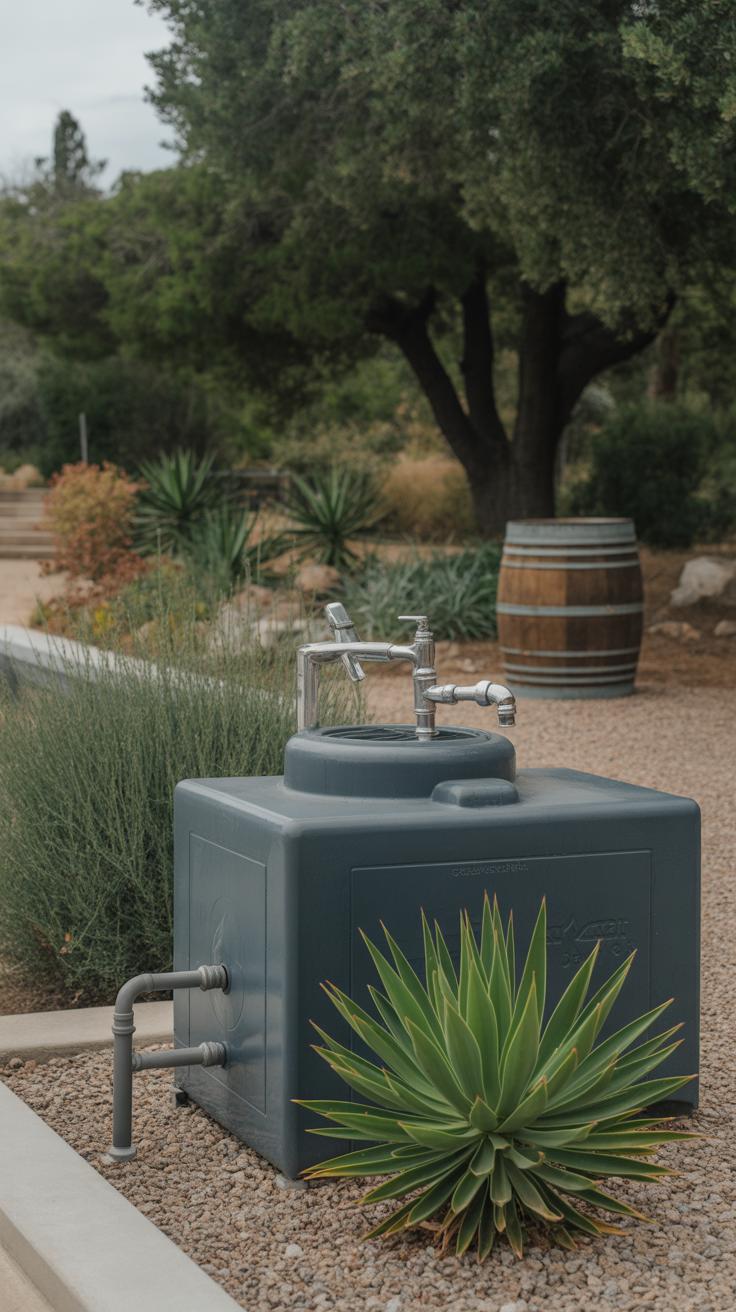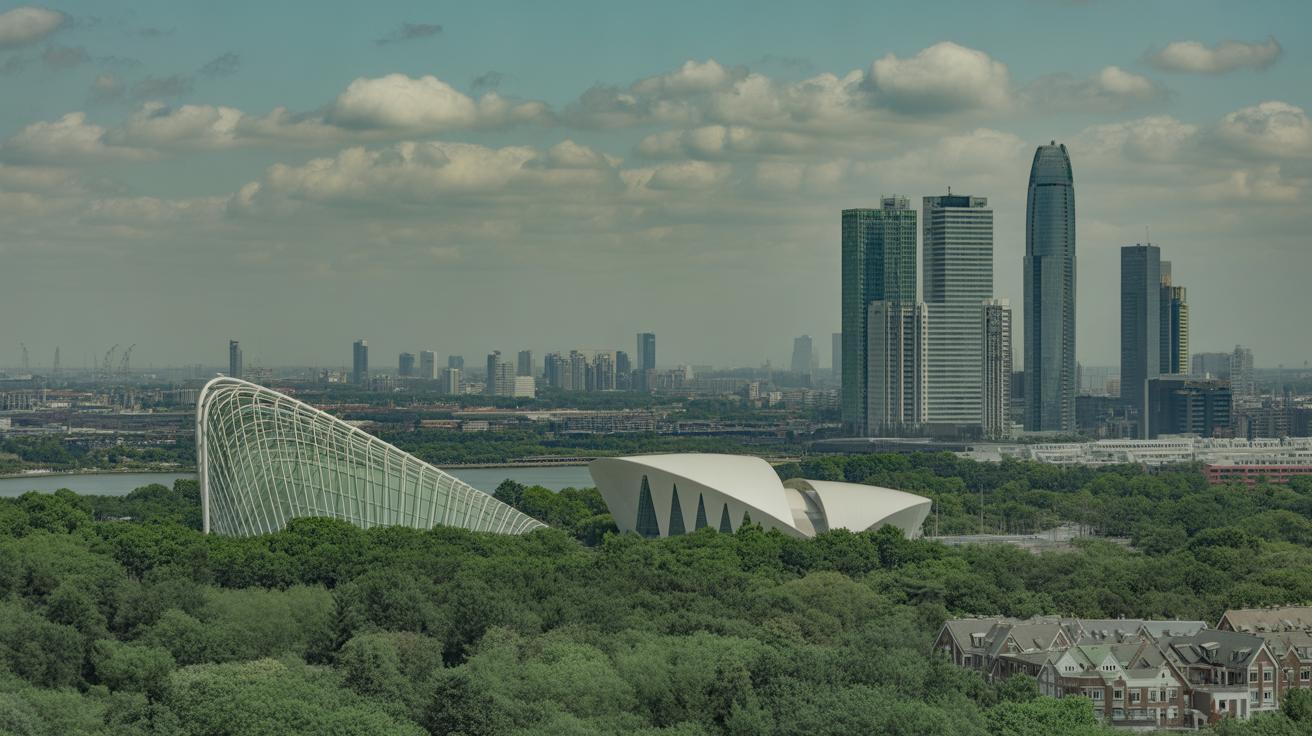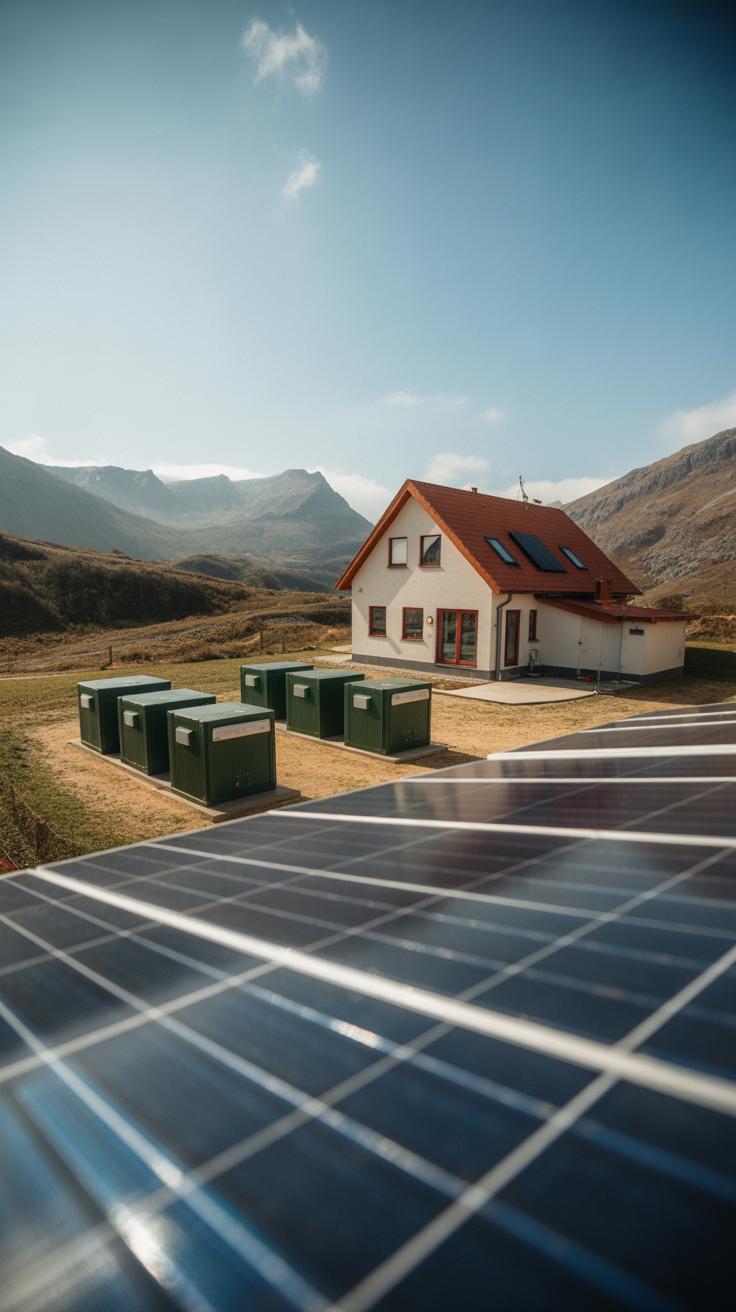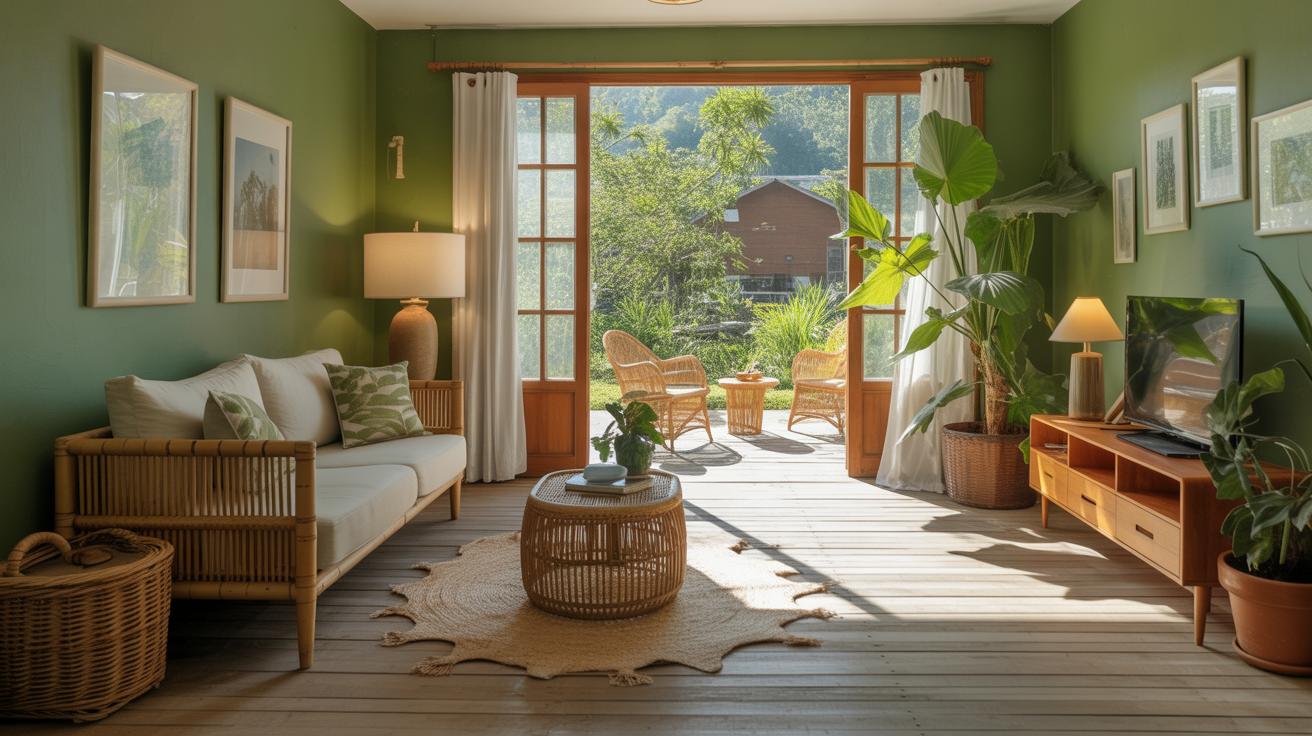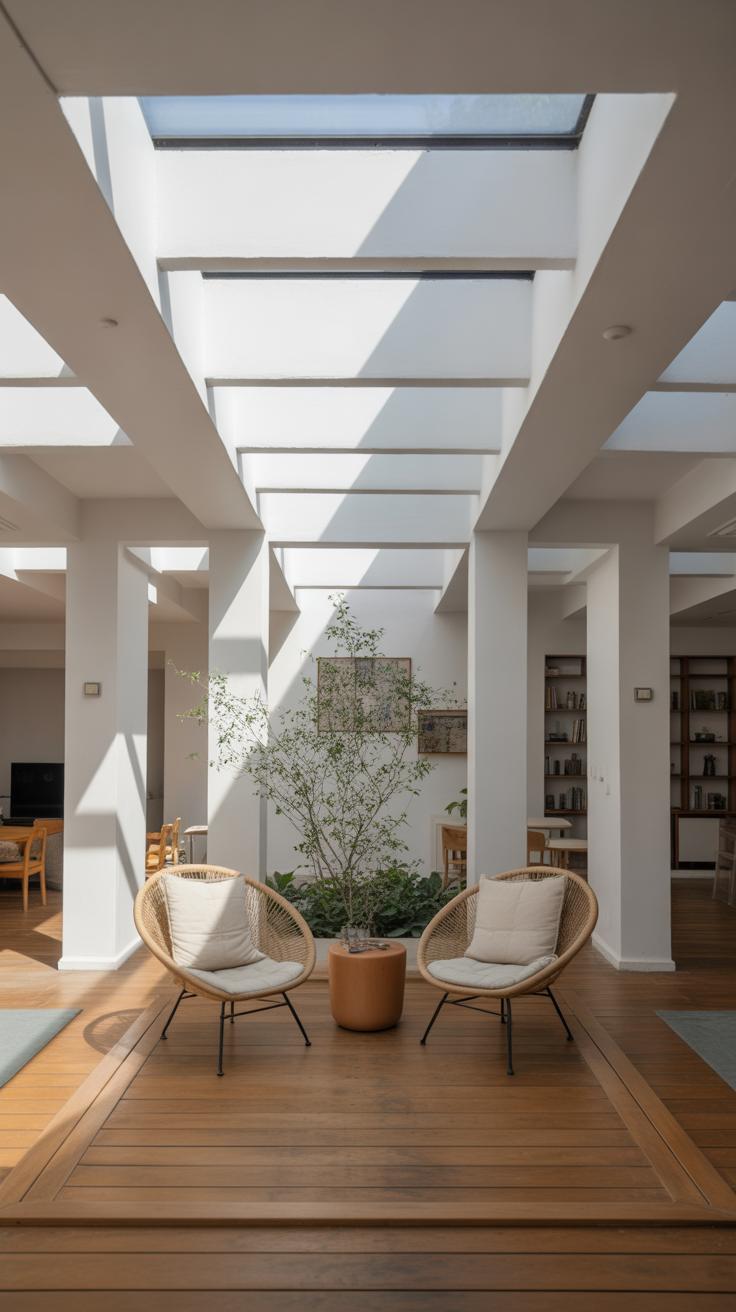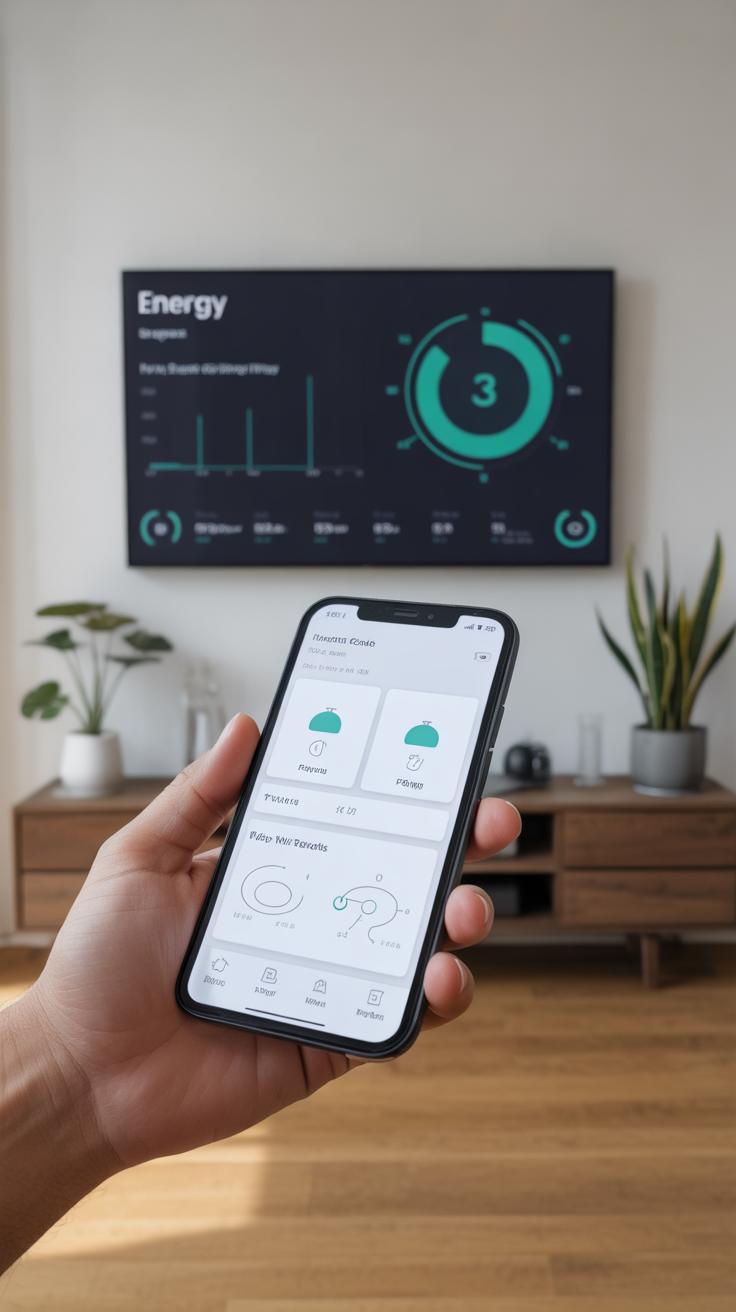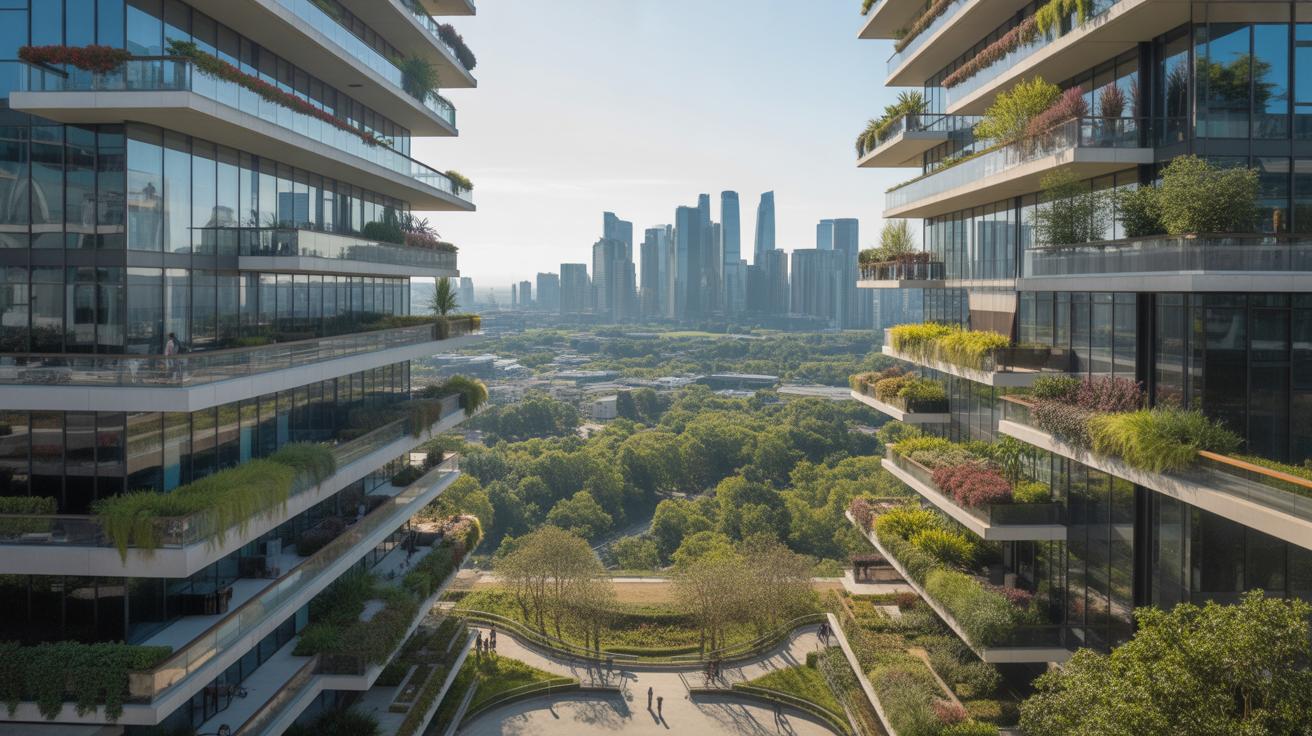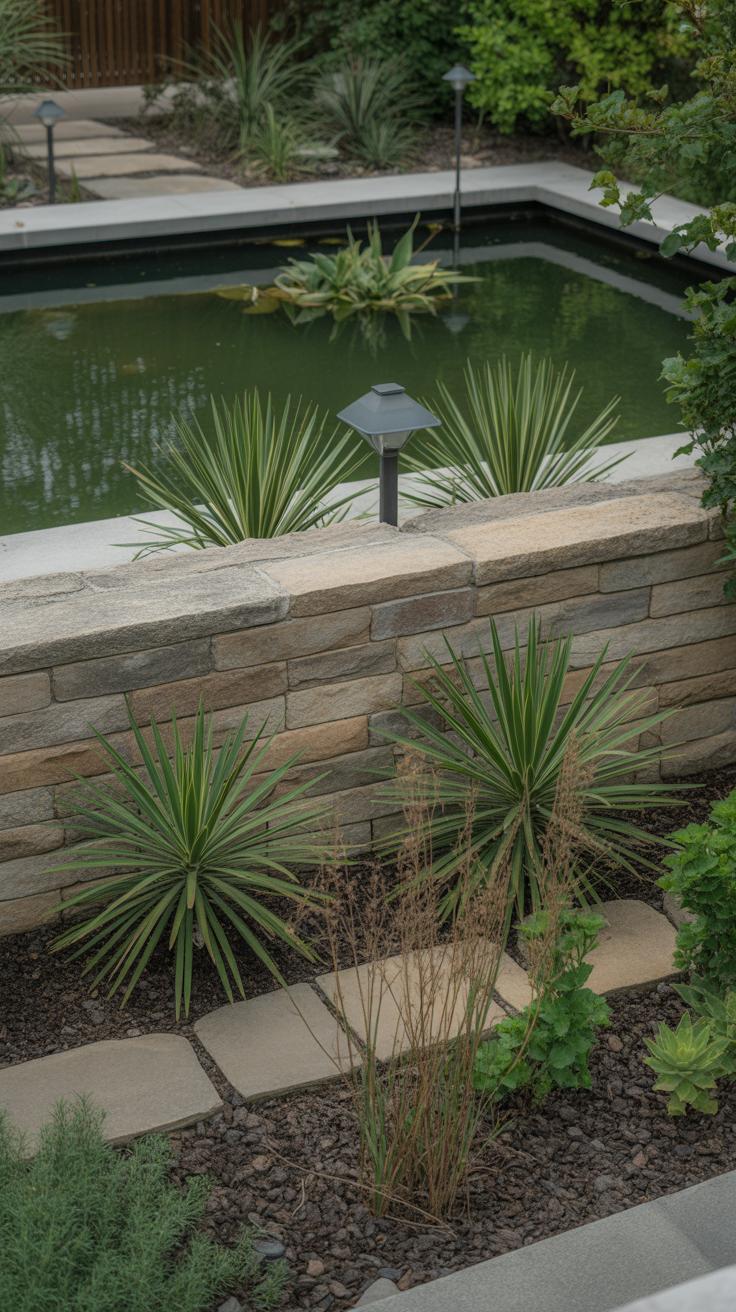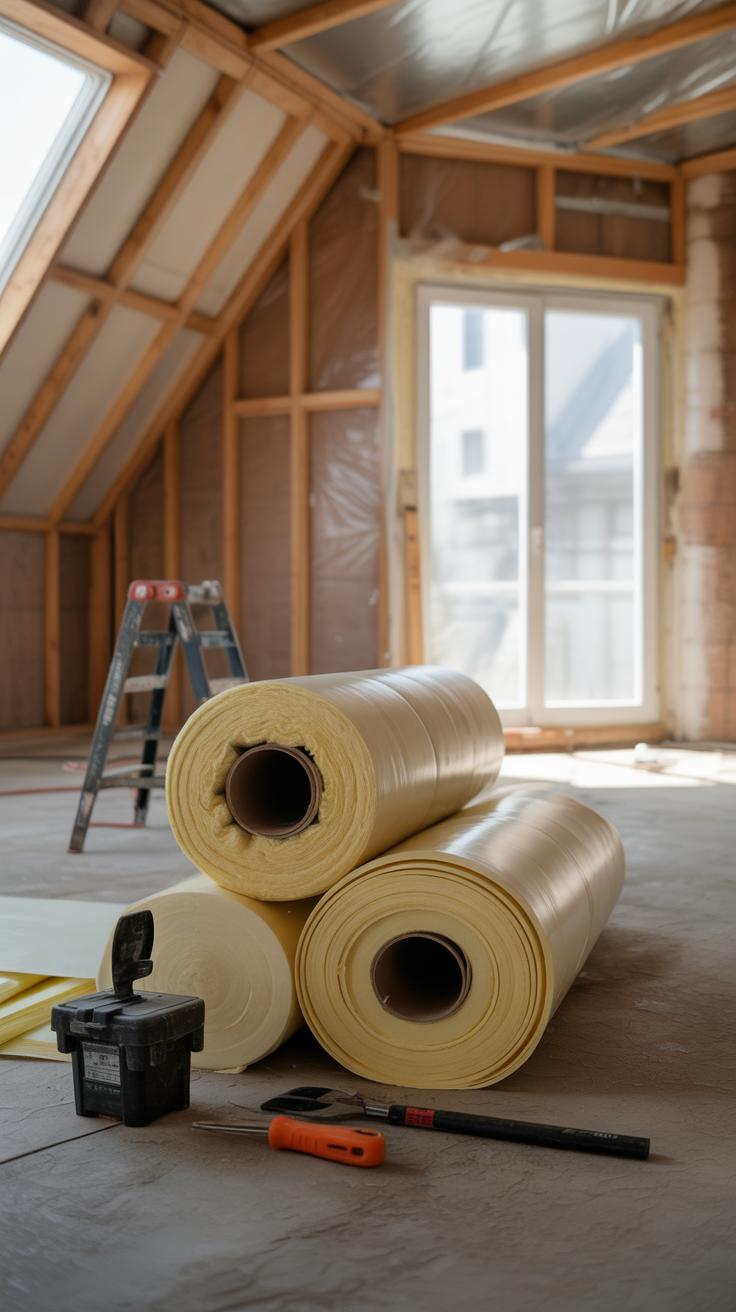Introduction
Green design in homes is about creating spaces that use resources wisely and respect our environment. This approach lets you live comfortably while keeping nature safe. It’s about more than just saving energy; it’s about building a home that works with the world around it.
In this article, you will learn about new ways to design your home using green design. These ideas will help you reduce waste, save water, and keep your home healthy. We will also explore how these trends improve your life and the planet.
Understanding Green Design Fundamentals
Green design means planning and building homes that are kinder to the planet and better for people who live in them. It’s about making choices that don’t waste resources and help nature stay healthy. For example, when you reduce waste, you use only what you need and recycle or reuse materials instead of throwing everything away. It’s a simple way to cut down on garbage and save money too.
Saving energy is another big piece. Using things like better insulation or energy-saving lights helps keep homes warm or cool without using too much power. That’s better for your bills and the environment because it cuts down the pollution from power plants.
Natural materials also matter a lot. Wood, stone, or bamboo can replace plastics and chemicals that might harm health or the earth. These materials often last longer and don’t release harmful gases inside your home. So, green design isn’t just about the planet—it’s about making homes feel safer and more comfortable, even if the idea sounds a bit tricky at first.
What Makes Design Green
Green design means choosing things that don’t harm nature. It’s like picking a path that uses less water, less energy, and fewer materials that come from factories polluting the air. For example, planting trees or using rainwater to water your garden saves resources. Simple, right?
It also means thinking about the people inside the house. Using paints that don’t smell bad or building so sunlight can come in naturally makes the home healthier. You might not notice it right away, but these small choices add up. They help create rooms where you can breathe easier and feel better.
Benefits of Green Design in Homes
Green design helps the earth by using fewer resources and creating less waste. If your house uses less energy, it means fewer fossil fuels burn, so the air stays cleaner. That’s good for all of us, especially in cities where pollution can be a real problem.
At the same time, green homes can be more comfortable. They stay cooler in summer and warmer in winter without huge electricity bills. Plus, because they use natural materials and less harsh chemicals, the air inside feels fresher. You might find yourself coughing less or feeling less tired. That’s a big deal when you spend so much time indoors.
So, green design asks us to make smart, thoughtful choices—not perfect solutions. Maybe it won’t solve everything, but it’s a step in the right direction for your home and the planet.
Choosing Sustainable Materials
Natural and Recycled Materials
When building or renovating a home, the materials you pick make a big difference. Natural materials like wood and stone have been used for centuries, but in green design, their source and treatment matter a lot. Using sustainably harvested wood or reclaimed stone can cut down on mining and deforestation impacts. Recycled materials—like reclaimed wood from old beams or recycled metal—help keep waste out of landfills and reduce the need for new raw materials.
For example, bamboo has become quite popular. It grows fast, renews quickly, and doesn’t require pesticides or fertilizers. I once visited a house built largely from bamboo, and despite initial skepticism, it felt warm and sturdy. It reminded me that natural doesn’t mean fragile.
Avoiding Harmful Chemicals
Inside your home, what you paint on walls matters just as much. Traditional paints release volatile organic compounds (VOCs) over time—those lingering fumes you might barely notice but that affect indoor air quality. Choosing low-VOC or zero-VOC paints reduces this chemical release. The air stays cleaner, which helps everyone breathe easier and feel better.
Still, finding the right low-VOC paint can be tricky. Some brands don’t perform as well or need more coats, which can be frustrating. But if you prioritize your family’s health, and the environment, the trade-off often feels worth it.
Energy Saving Techniques for Homes
Insulation and Windows
Good insulation can make a bigger difference than you might expect. It acts like a barrier, keeping warm air inside during chilly months and blocking heat in the summer. This means your heating or cooling systems don’t have to work as hard, which saves energy—and, frankly, money.
When thinking about windows, double or triple glazing is often worth considering. These windows trap air or gas between panes to reduce heat loss. You might think windows are just openings to the outside, but the right kind can help maintain a steady indoor temperature. I remember swapping out an old single-pane window and feeling a noticeable difference immediately, even before the bills arrived.
Put simply, good insulation and special windows reduce the amount of energy wasted. This not only eases your electric bill but also cuts down on fossil fuel use, which is better for the planet. So, can a small change in your home really affect global energy demand? Probably more than you guess.
Energy-efficient Appliances
These appliances do the same jobs but don’t draw as much electricity. Look for labels like ENERGY STAR or equivalent ratings, as they usually indicate lower power consumption. For example, a newer refrigerator might use half the energy of a model from ten years ago, which definitely adds up over time.
It’s tempting to keep using what you have, but investing in these appliances can pay off after a while. I was skeptical at first, but switching to an energy-saving washer made a clear dent in my monthly bills.
Besides cost savings, cutting down energy use helps reduce carbon emissions. Maybe just one appliance won’t change the world—but together, a home full of energy-conscious devices might. Do you ever wonder how your choice of appliance impacts both your wallet and the environment?
Water Conservation Strategies
Harvesting Rainwater
Collecting rainwater is one of the oldest and simplest ways to save water at home. You don’t have to rely only on your city’s water supply when nature provides this free resource. Setting up a rain barrel or a small tank under your roof gutters can capture runoff from rain. Then, you can use that water for tasks like watering the garden or washing outdoor areas.
Think of it like this: every time it rains, instead of letting water just go down the drain, you’re storing it for later. It might not replace all your outdoor watering needs, but even partial use can lower your water bills noticeably. Some folks have installed underground cisterns connected to irrigation systems, which takes it a bit further. Does it require a bit of upfront work and space? Yes. But once set up, it can pay back steadily.
Using Water Wisely Indoors
Inside the house, water waste sneaks in through taps and toilets that use more than necessary. Low-flow faucets and toilets cut back water use while still getting the job done. For example, replacing an old toilet that uses 6 gallons per flush with a 1.28-gallon model can save thousands of gallons yearly. That’s a big drop in your water bill, and the toilets often feel just as effective.
Low-flow showerheads and aerators on faucets work similarly, mixing air with water to reduce flow without making showers or handwashing uncomfortable. Maybe you haven’t thought much about how much water slips away during everyday use—once you start paying attention, it’s pretty surprising.
Some people hesitate because they worry these fixtures might underperform, but in most cases, well-designed low-flow options leave you wondering why you didn’t switch sooner. Using water wisely indoors isn’t about reducing comfort; it’s about using what you need—and not a drop more.
Incorporating Renewable Energy
Solar Power Systems
Solar panels capture sunlight and convert it directly into electricity using photovoltaic cells. The process feels almost straightforward once you realize sunlight carries energy that these cells can trap. You might be surprised how even on cloudy days, panels still generate some power. When the sun is out, they produce electricity that can run your lights, appliances, or even charge a battery bank for nighttime use.
Installing solar panels on your roof reduces your reliance on the grid, meaning less fossil fuel consumption. It’s not just about cutting bills, but lowering your carbon footprint too. I remember a neighbor who switched to solar and mentioned how watching their meter run backward was oddly satisfying.
Other Renewable Sources
Solar isn’t the only option for home renewable energy. Small wind turbines can also work well, especially in areas with steady winds. These turbines generate power quietly, though placement is key—they need enough open space to catch the breeze.
Then there’s geothermal energy, tapping into the earth’s constant underground temperature. Ground-source heat pumps use this to heat and cool homes efficiently. It’s a less obvious choice, maybe, but worth considering if you want steady, year-round energy without fossil fuels.
Thinking about these options, maybe the real question is what mix fits your home and lifestyle. Can these systems overlap? Often yes. Each has quirks, but they share a goal: cutting dependence on non-renewable energy sources in practical ways.
Designing for Comfort and Health
Fresh Air and Lighting
Windows and vents do more than just open up a room—they bring life in. Having well-placed windows allows sunlight to fill your home during the day, which can lift moods and even reduce mold growth by keeping things dry. Some people think natural light just saves on electricity, but it also helps regulate your body clock, making it easier to sleep at night. Ventilation, through vents or operable windows, lets stale air escape and fresh air come in. This exchange is simple but crucial—it lowers the buildup of indoor pollutants and humidity, making the air you breathe cleaner and healthier.
Try to think about cross-ventilation—that is, positioning windows or vents across from each other so air can flow through freely. It doesn’t take fancy equipment or big changes. Even just a few strategically placed vents or windows can make a noticeable difference in comfort and health.
Keeping Home Comfort Balanced
Keeping your home cozy without running up energy bills might seem tricky, but green design has easy tricks for that. Thick insulation in walls and ceilings slows down heat loss in winter and keeps things cool in summer. Some homes use thermal mass—materials like concrete or stone inside—that soak up heat during the day and release it when it’s cooler, which smooths out temperature swings.
Also, shading matters. Overhangs, awnings, or even trees can block harsh summer sun but let gentle winter light through, naturally balancing temperatures. Sometimes, things don’t have to be fancy—opening windows at night in cooler months to let fresh air in and closing them before morning can help with cooling without cranking up the air conditioner.
Have you noticed your own home feeling too warm or chilly despite the thermostat? Sometimes small design tweaks make a difference without extra energy use. It’s these small changes in how a home is built and arranged that quietly improve comfort—and usually your well-being too.
Smart Home Technology for Green Living
Smart home devices have found their way into many households, and not just for convenience. They actually play a quiet but meaningful role in cutting energy and water use. Think about a smart thermostat—it learns your schedule and tweaks your heating or cooling without you lifting a finger. You might not notice the changes daily, but over time, that little adjustment can trim your energy bills and carbon footprint.
Using these devices is fairly straightforward. Most connect to your phone, so you can check or tweak settings anytime. For example, when you step out, your smart thermostat lowers the temperature. When you return, it warms up or cools down just in time. This sort of automated control feels subtle, almost invisible, but it stops energy waste effectively.
Controlling Energy Use
Smart thermostats do much more than adjust temperature—they analyze your habits, outdoor weather, and even how your home holds heat. So, they keep your environment comfortable without unnecessary heating or cooling. It’s a practical way to cut down energy use without sacrificing comfort. And honestly, it’s surprising how much difference a few degrees here and there can make.
If you’ve had an old thermostat, switching to a smart one might seem like a hassle, but the payoff is real. You might catch yourself wondering why you waited so long to upgrade.
Preventing Water Waste
Water leaks are sneaky and often go unnoticed until damage appears. Smart leak sensors solve this by alerting you the moment they detect unwanted moisture. You place them near pipes, water heaters, or appliances prone to leaks. Then, if a drip starts, you get a notification on your phone. It’s a simple way to avoid costly repairs and needless water loss.
Fixing these problems quickly isn’t just about saving water—it also avoids mold and structural issues. Having these alerts can feel like a safety net for your home, though sometimes you might wonder if the alerts are a bit too eager. Still, it’s better than finding a flood hours later, right?
Landscaping and Outdoor Green Design
Using native plants in your garden isn’t just about aesthetics—it can really cut down on water use and maintenance. These plants have adapted over time to the local climate, so they thrive with less watering and fewer fertilizers. That means your garden won’t demand constant attention or resources, which feels like a win, right? Plus, native plants support local wildlife better than exotic species. You might find more birds or pollinators visiting, creating a little natural harmony outside your door.
When it comes to creating sustainable outdoor spaces, the design choices matter. Consider installing walking paths made from permeable materials, like gravel or porous concrete. These paths help rainwater soak into the ground rather than running off into drains. The idea is to reduce flooding risks and recharge groundwater. It’s a bit surprising how much simple choices like this can affect the environment around your home.
Efficient irrigation ties it all together. Using drip irrigation or smart timers lets you water only when and where plants need it most. Saving water outdoors might not seem urgent, but when you think about how much lawn sprinklers waste, it becomes clearer that this matters. In a way, your outdoor space becomes a small system working with nature, not against it. Have you ever thought about how much better your garden could be with these small shifts? It might be worth trying.
Retrofitting Existing Homes
Older homes often hold charm, but not always in their energy use. You might wonder where to start when thinking about green design for these houses. One practical approach is adding insulation—walls, attic, floors. Even if your home feels warm enough, insulation can trim down energy leaks that sneaky drafts miss. It’s a straightforward step that pays off over time.
Replacing single-pane windows with newer, double- or triple-glazed ones also makes a big difference. You don’t have to swap every window at once. Maybe try it in the rooms where you spend the most time. Better windows can cool your house in summer and keep warmth inside during winter.
Upgrading your heating system might seem like a bigger task. Still, switching to a heat pump or a high-efficiency furnace can reduce your energy use a lot. Think of it as an investment, even if the upfront cost feels steep. Many homeowners have seen shorter heating bills afterwards, which kind of balances out the price over a few years.
Simple Upgrades
Some changes are easier than others. Sealing drafts around doors and windows is one. You can do it yourself with weatherstripping or caulk. The effect? Less cold air sneaking in, which makes your heating and cooling work less hard.
- Replace old bulbs with LED or compact fluorescents. They use far less energy and last longer.
- Use smart power strips to stop electronics from drawing power when off.
- Install programmable thermostats to control heating more precisely.
These tweaks might sound small, but they add up. After trying a few myself, I noticed my monthly energy bills dropped just a bit—nothing huge, but enough to keep going.
Bigger Changes for Big Savings
If you’re willing to tackle bigger projects, better insulation throughout your home makes a huge impact. Think wall cavities, basements, and attics. Some old homes have hardly any insulation at all, so adding proper layers can seem almost like a makeover. Your heating system works less, and your home feels more comfortable year-round.
Switching to an efficient heating system—like a modern heat pump or a boiler newer than 15 years—is another way to cut energy use dramatically. It’s a bigger investment but can save you a lot in the long run. Rebates and incentives sometimes help with upfront costs, so maybe check if they’re available where you live.
Sure, the projects can be disruptive and maybe a bit nerve-wracking. Still, they’re often worth it if you want to live greener and spend less on energy over time. It’s not just about the planet; it’s also about your comfort and wallet.
Conclusions
Green design offers practical ways to make your home friendlier to the earth. By using smart materials, saving energy, and choosing good building methods, you can make a difference. Each choice you make shapes a better place for the future.
As you consider these ideas, think about your own home and what changes you can make. Start small or take bigger steps, but keep moving toward green. Your home can be a model of care and balance with nature.


